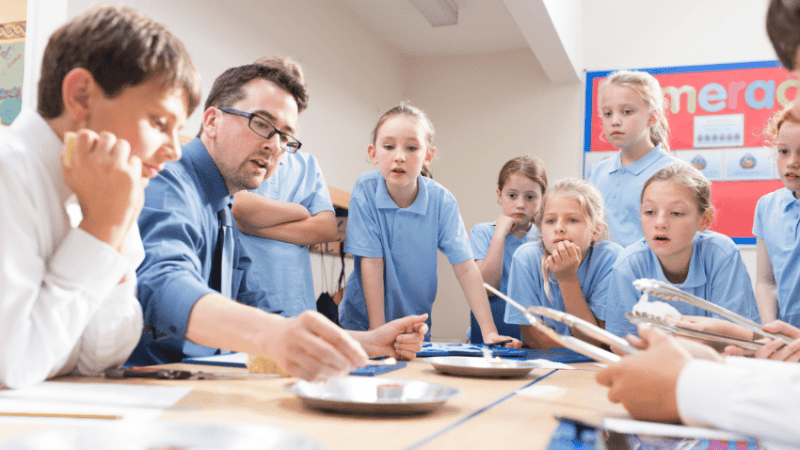School shutdown and the attainment gap – Some children will be further behind than ever

Some children are going to be more behind their peers than ever, despite our best efforts, says our anonymous headteacher…

- by Anonymous

Somebody asked me the other day whether I thought the use of assessment was going to increase once all children were back in school come September.
Try as I might, I couldn’t get the question out of my head. After all, when all children have returned, schools are going to be in a bit of pickle in terms of trying to assess the status of children’s learning.
The reason for this is the lack of control we’ve had over pupils’ learning during the time schools were closed (but not really closed).
And, before you start, now is not the time to discuss how you managed to set up your own YouTube channel, livestream all your lessons or whatever else you did to try and keep learning alive while the children were stuck at home.
Controlling the teaching bit was always going to be easy. Controlling the learning? That’s a different thing altogether. And, despite our best efforts, I think we are going to find that there are now more gaps in children’s learning than ever before.
So better get testing, right? Well, hold your horses. We need to first understand the different types of gaps we’ll be looking at. The first one isn’t actually a gap at all; it’s a void.
However you approached ‘distance learning’ there will likely be specific curriculum content that you did not deliver. For whatever reason, you made the choice to ignore that part of the curriculum in favour of something else, thus creating a curriculum void.
Now, you won’t need to carry out a test in order to identify these voids because you should know what content you didn’t teach. All you need do is decide whether delivering that missed learning is absolutely necessary, and if it is, adapt your curriculum.
The next gap is more of a lag, truth be told. This is where content was taught but because it was delivered remotely, the teaching was less effective than usual.
No, I’m not critiquing your ability to teach remotely – I’m sure you were great! But you weren’t teaching the children in your classroom. You couldn’t pick up on all the usual cues that let you know the children were following your input.
And you can’t be certain if that photo of their work they sent in was completed by them or by a bored parent. That is why it is more than likely that pupils’ academic progress during lockdown was more likely to lag than excel.
It’s like trying to get children to explain the plot of a film when they’ve only seen the trailer.
They might be able to infer some if it but you really need to show them the whole movie in order for them to understand it fully.
Your home learning was a movie trailer and now you need to show them the full picture. This doesn’t require testing; you just need to plan for lag and the majority of children will be able to catch up.
What will be slightly harder to address will be the genuine gaps caused by children who did not access any learning while they were away from school.
There will be a multitude of reasons why this may be the case. Homes without internet; families who had to share a single mobile device between siblings; parents who simply could not support their child’s learning; children who refused to engage; families that went off-grid.
These children will return to school with significant gaps compared to their peers. Whatever the reason, these gaps will need to be carefully assessed so as to inform the provision the children receive once their schooling has resumed.
For some children, a mighty gulf will have opened up and they will be more behind their peers than ever. Those pupils who rely on daily intervention and therapies that were not possible to continue with during lockdown, despite your best efforts, will be the most disadvantaged.
These children will be your priority and meeting their needs will be your greatest challenge. Will they require a test? I’m willing to bet that you already know who these children are and what they need.
My advice: don’t waste time testing things you already know the answer to. So when I think about the use of testing once lockdown is over, yes, it may have its uses, but only if you understand the gaps you’re trying to close up first.










